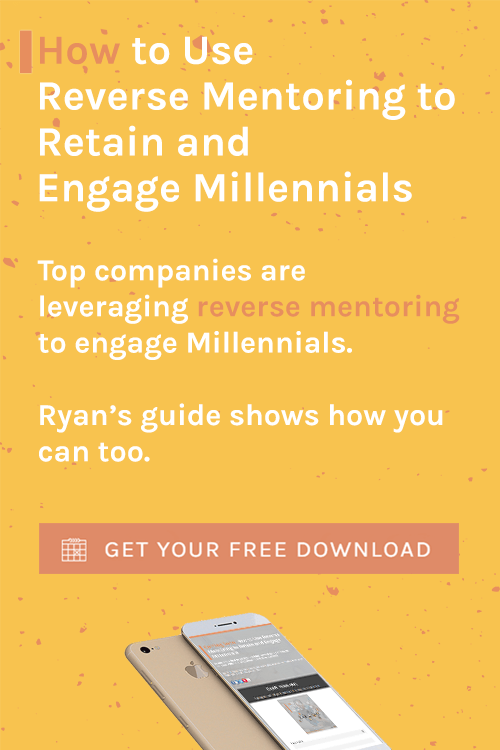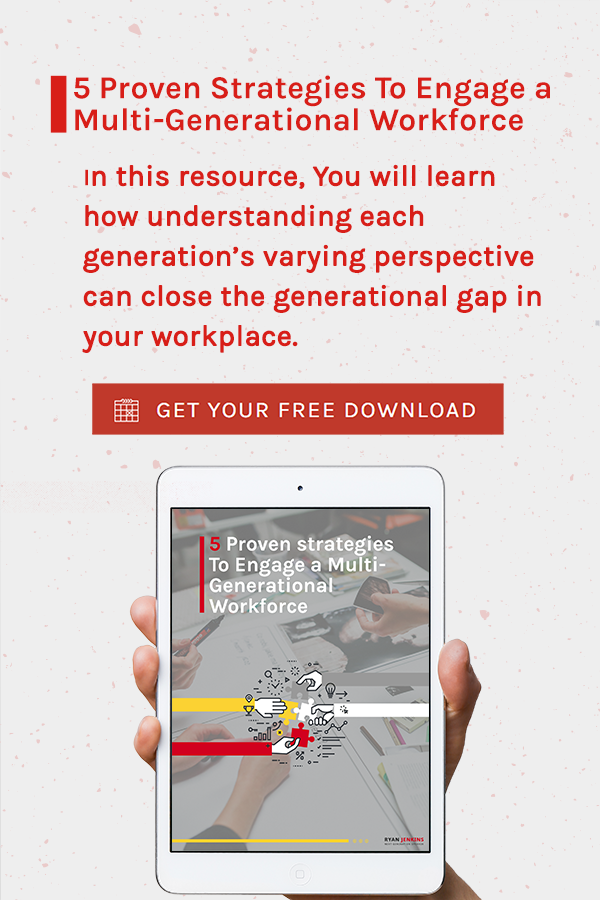Ubiquitous connectivity has eroded many boundaries we once had between work and life. Communication can be impersonal and incessant if appropriate boundaries aren’t established.

Clearly communicating about how to communicate is essential in today’s high-tech and digital work environments. A communication agreement helps to set expectations, create team buy-in, establish boundaries to protect crucial work, and streamline communication.
The purpose of establishing a communication agreement, is to create official guidelines that highlight the rules of how a team is to communicate with one another.
Ask the following questions of your multi-generational team to gain consensus and establish a communication agreement.
- What communication challenges currently exist among the team?
- Ex: Too much time-sensitive information is being sent via email instead of chat.
- What is the team's most-used communication channel? Is this the most efficient channel?
- Ex: Email is the most prevalent but a reduction in the daily number of emails would be welcomed.
- Are there communications that need to be prioritized?
- EX: Any communications from current or potential customers should be prioritized.
- What type of communications are non-negotiable?
- Ex: Monthly all-hands face-to-face or video meetings are non-negotiable in order to maintain team connections.
- What are the expectations (said and unsaid) for response times to email, phone, text, chat, etc.? Are these expectations necessary or suitable for success?
- Ex: Email response time expectations are 24-48 hours. If communication is needed sooner, use text or chat as the response time expectations are 15-30min.
- How should “do not disturb” times such as vacation, evenings, deep work, etc. be handled?
- Ex: On workdays, employees are not expected to respond after 6pm.
- Do work schedules need to be synced to allow for tighter collaboration? If so, what are the guidelines?
- Ex: Every Tuesday all team members are expected to be online working between 3-4pm.
- What communication channel should be used for “emergency only?"
- Ex: Unprompted phone calls are for emergencies only and should be treated as high-priority by all team members.
- How are meetings to be conducted to maximize participation and efficiency?
- Ex: More frequent but shorter meetings (15min or less) led by rotating team members.
- What other actions are needed to improve communication efficiency and quality?
- Ex: Out of office responders are required for any off days or times of uninterrupted work.
Consider creating a separate agreement for any external communications with clients, customers, vendors, etc.
As a generations keynote speaker and trainer, I help companies lead, work, and sell across generations. If you'd like help solving tough generational challenges inside your organization, click here.





